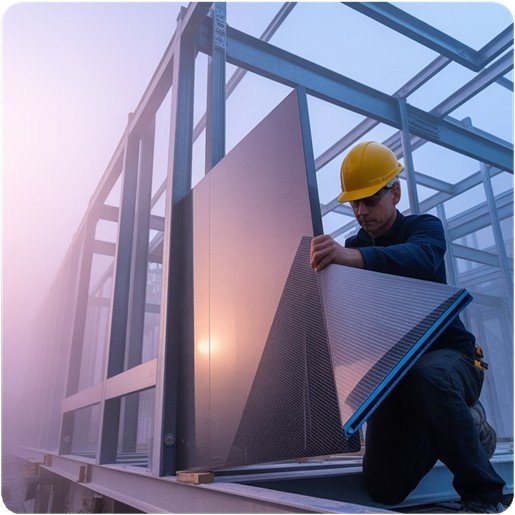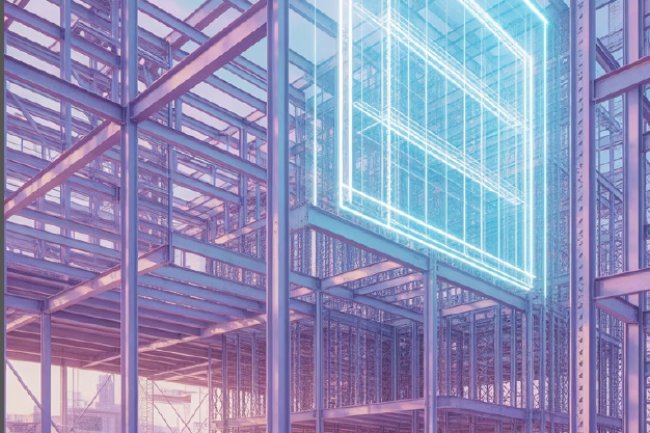Space-Age Materials in U.S. Structural Design
From NASA laboratories to Manhattan skylines, revolutionary materials are transforming how we build America's infrastructure. These cutting-edge innovations promise stronger, lighter, and more sustainable structures than ever before.

The Materials Revolution
|
Beyond Traditional Steel and Concrete The construction industry is experiencing its biggest materials breakthrough since reinforced concrete. Space-age composites, originally developed for aerospace applications, are now making their way into commercial and residential construction projects across the United States. These advanced materials offer unprecedented strength-to-weight ratios, corrosion resistance, and design flexibility that traditional materials simply can't match. |
|
Game-Changing Material Technologies
Carbon Fiber Composites
Ultra-lightweight yet stronger than steel, these materials are revolutionizing bridge construction and high-rise buildings. They resist corrosion and fatigue, dramatically extending structural lifespans.
Shape Memory Alloys
These "smart" metals can return to predetermined shapes when heated, enabling self-repairing structures and adaptive building systems that respond to environmental changes.
Aerogel Insulation
Originally developed for Mars missions, aerogel provides exceptional thermal insulation in incredibly thin layers, maximizing usable space while minimizing energy consumption.
Real-World Applications Transforming Construction
01 High-Performance Facades
Self-cleaning titanium dioxide coatings and transparent aluminum composites are creating building exteriors that maintain themselves while providing superior weather protection.
02 Seismic-Resistant Structures
Nitinol cables and magnetorheological dampers adapt in real-time to earthquake forces, protecting both the building and its occupants through intelligent material responses.
03 Ultra-Efficient Bridges
Fiber-reinforced polymer decking reduces bridge weight by 70% while increasing load capacity, enabling longer spans with fewer support structures.
Engineering Challenges and Solutions
|
|
Overcoming Implementation Barriers
|
Performance Benefits Drive Adoption
Weight Reduction
Advanced composites can reduce structural weight while maintaining or increasing load capacity
Lifespan Years
Extended service life compared to traditional materials reduces long-term maintenance costs
Energy Savings
Improved insulation and thermal properties significantly reduce building operating costs
Corrosion Resistance
Virtually eliminates deterioration issues that plague traditional steel and concrete structures
The Future of American Construction
Building Tomorrow's Infrastructure Today
Space-age materials are no longer confined to research laboratories or aerospace applications. They're becoming essential tools for creating more resilient, efficient, and sustainable built environments across America.
As these technologies mature and costs decrease, we'll see widespread adoption in everything from residential homes to critical infrastructure projects. The future of construction lies in embracing these innovative materials while developing the engineering expertise to implement them successfully.
The next generation of American buildings won't just be stronger and more efficient—they'll be intelligent, adaptive, and built to last for centuries.
What's Your Reaction?


















